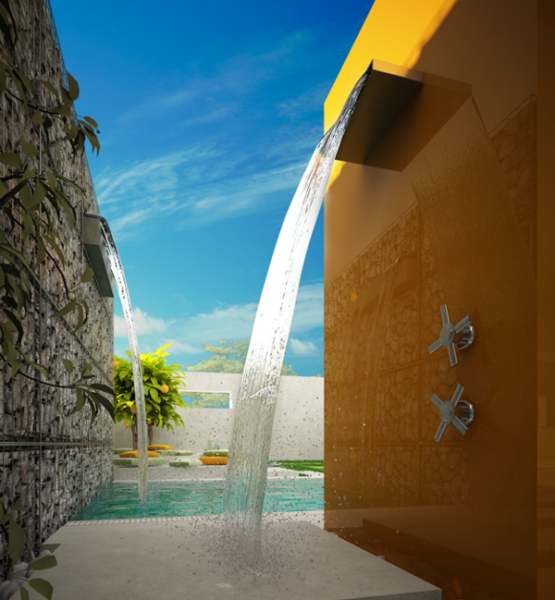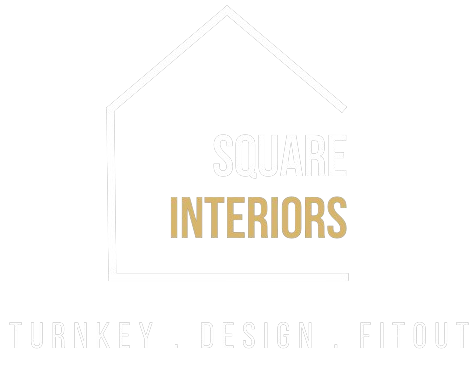Water Conservation Techniques in Interior Design: A Sustainable Approach
Water conservation is a critical aspect of sustainable design, especially in regions with limited water resources. Interior designers can significantly contribute to water conservation by integrating efficient water-saving techniques into their projects. This blog delves into various water conservation techniques in interior design, highlighting their importance, practical applications, and the benefits they offer for both the environment and building occupants.

1. Importance of Water Conservation in Interior Design
Water conservation in interior design goes beyond reducing water usage; it encompasses sustainable practices that enhance efficiency, reduce costs, and promote environmental stewardship. Key reasons to prioritize water conservation include:
• Environmental Responsibility: Reducing water consumption helps preserve natural water bodies and ecosystems.
• Cost Savings: Efficient water use leads to lower utility bills, making it economically beneficial for homeowners and businesses.
• Regulatory Compliance: In many regions, including the UAE, building codes and regulations mandate water conservation measures.
• Enhanced Property Value: Properties with sustainable features, including water-saving designs, often have higher market appeal and value.
2. Key Water Conservation Techniques in Interior Design
Interior designers have a range of techniques and tools at their disposal to reduce water usage effectively. Here are some of the most impactful methods:
a. Low-Flow Fixtures
• Faucets and Showerheads: Installing low-flow faucets and showerheads can significantly reduce water consumption without compromising performance.
• Toilets: Dual-flush and low-flow toilets use less water per flush, providing a simple yet effective means of conserving water.
b. Water-Efficient Appliances
• Dishwashers and Washing Machines: Modern water-efficient dishwashers and washing machines use less water while maintaining high cleaning standards.
• Energy Star Rated: Opting for appliances with an Energy Star rating ensures they meet stringent efficiency criteria, including water usage.
c. Smart Irrigation Systems
• Automated Watering: Smart irrigation systems use sensors and timers to water plants only when necessary, reducing waste.
• Drip Irrigation: Drip systems deliver water directly to plant roots, minimizing evaporation and runoff.
d. Rainwater Harvesting
• Collection Systems: Installing rainwater harvesting systems in buildings can capture and store rainwater for non-potable uses such as irrigation or flushing toilets.
• Storage Tanks: Designing spaces to incorporate storage tanks for harvested rainwater ensures its availability during dry periods.
e. Greywater Recycling
• Reusing Water: Greywater systems recycle water from sinks, showers, and washing machines for non-potable purposes, such as toilet flushing or landscape irrigation.
• Integration in Design: Designing interiors to accommodate greywater systems, including proper plumbing and filtration, can maximize water reuse.
f. Sustainable Landscaping
• Xeriscaping: Incorporating xeriscaping principles, which use drought-resistant plants and minimal water, can drastically reduce water usage in outdoor spaces.
• Permeable Surfaces: Using permeable materials for outdoor spaces allows rainwater to soak into the ground, reducing runoff and replenishing groundwater.
3. Benefits of Water Conservation in Interior Design
Implementing water conservation techniques offers numerous advantages for both the environment and property occupants:
a. Environmental Benefits
• Reduced Water Waste: Efficient water use reduces the strain on local water supplies and minimizes waste.
• Lower Carbon Footprint: Conserving water indirectly reduces the energy required for water treatment and distribution, contributing to a lower carbon footprint.
b. Economic Advantages
• Lower Utility Bills: Reducing water usage results in significant savings on water and energy bills.
• Investment Returns: The initial cost of water-saving fixtures and systems can be offset by long-term savings and increased property value.
c. Enhanced Quality of Life
• Sustainability Awareness: Occupants in water-efficient buildings often become more conscious of their water usage, promoting a culture of sustainability.
• Aesthetic Appeal: Sustainable designs that incorporate natural elements like rainwater collection or xeriscaping enhance the aesthetic appeal of interiors and landscapes.
4. Integrating Water Conservation in Interior Design Projects
To effectively integrate water conservation techniques, interior designers should follow a systematic approach:
a. Assessment and Planning
• Water Audit: Conduct a water audit to identify areas where water conservation measures can be implemented.
• Design Integration: Plan for the integration of water-saving features during the early stages of the design process.
b. Selecting Suitable Fixtures and Systems
• Research and Certification: Choose fixtures and appliances certified for water efficiency, such as those with WaterSense labels.
• Customization: Customize solutions based on the specific needs and conditions of each project.
c. Education and Awareness
• Client Education: Educate clients on the benefits and operation of water-saving fixtures and systems.
• Occupant Behavior: Encourage behavior changes among occupants to complement the physical water-saving measures.
5. Future Trends in Water Conservation in Interior Design
As technology and awareness evolve, future trends in water conservation are likely to include:
• Smart Home Integration: Advanced smart home systems that monitor and optimize water usage in real-time.
• Innovative Materials: Development of new materials and technologies that enhance water efficiency.
• Regulatory Enhancements: Stricter regulations and incentives to promote widespread adoption of water conservation techniques.
Conclusion
Water conservation techniques in interior design are essential for creating sustainable, cost-effective, and environmentally friendly spaces. By incorporating these techniques, designers can contribute to global water conservation efforts while delivering high-quality, aesthetically pleasing interiors.
Ready to make your space more sustainable? Whether you’re designing a home, office, or commercial property, integrating water-saving solutions into your interiors can reduce your environmental footprint and align with UAE’s sustainability goals.
Contact us today for a consultation and let’s create an eco-friendly space that conserves water without compromising on style. Together, we can design a future that’s as sustainable as it is beautiful.

0 comments